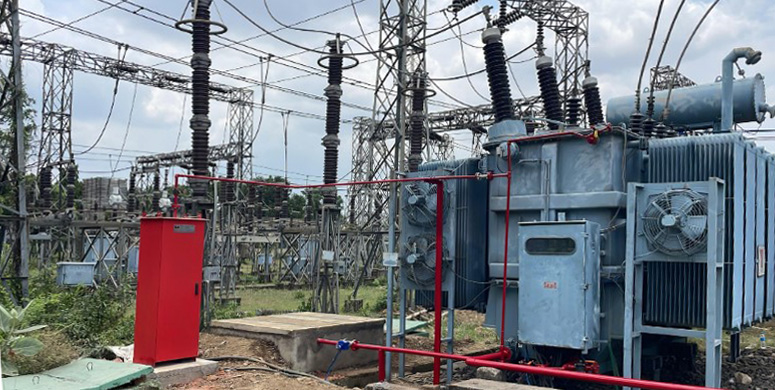Earth Continuity Conductor or Cable (ECC) for EHV Cables
The Earth Continuity Conductor or ECC provides an alternate fault current path in EHV installations, limiting dangerous sheath voltage and safeguarding cable insulation. Sometimes, we also call it Earth Continuity Cable. We most commonly use single-core cables for underground high-voltage transmission systems. This is because 3-core high-voltage transmission cables, mainly above 33kV, are not easily … Read more

